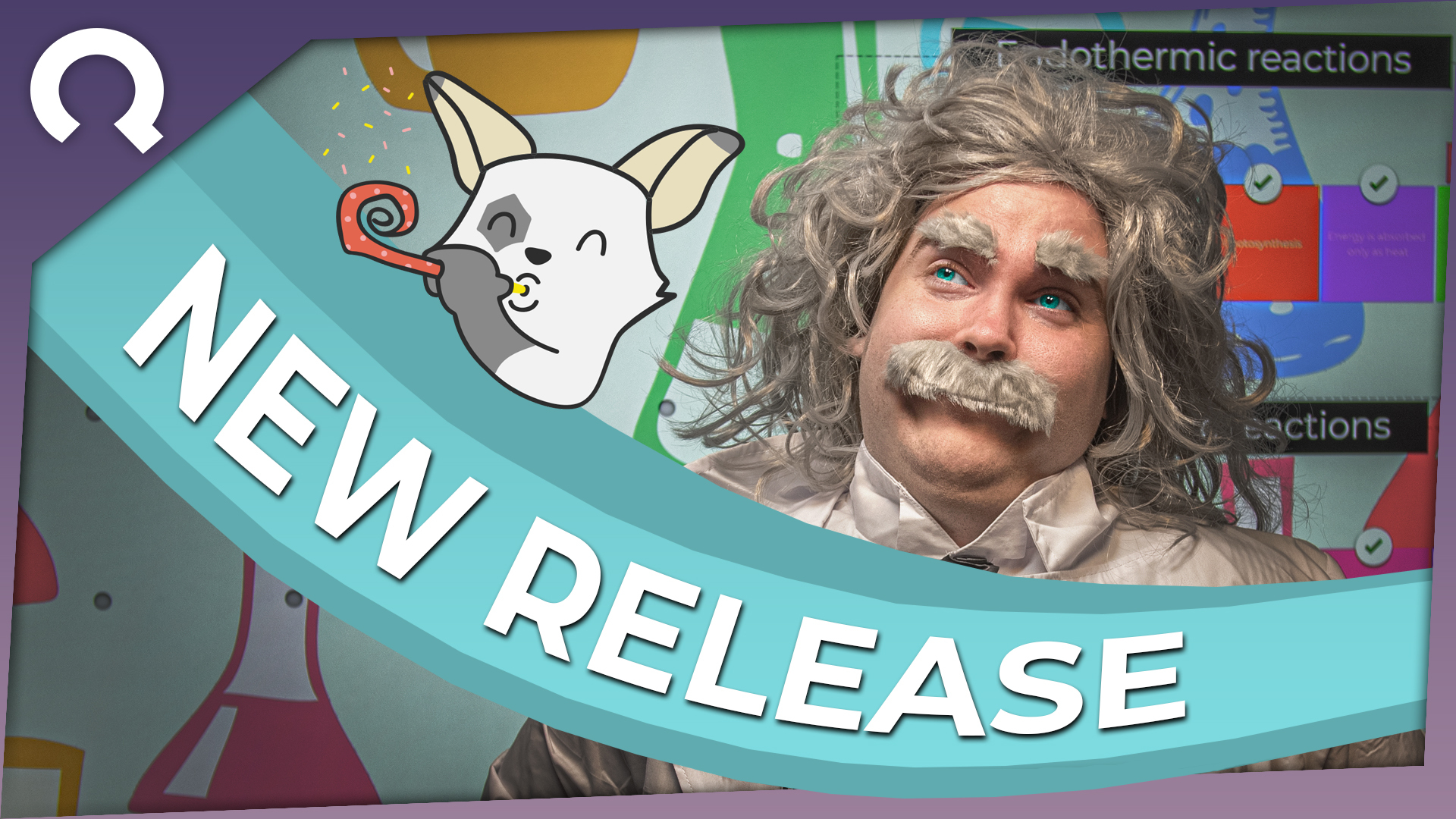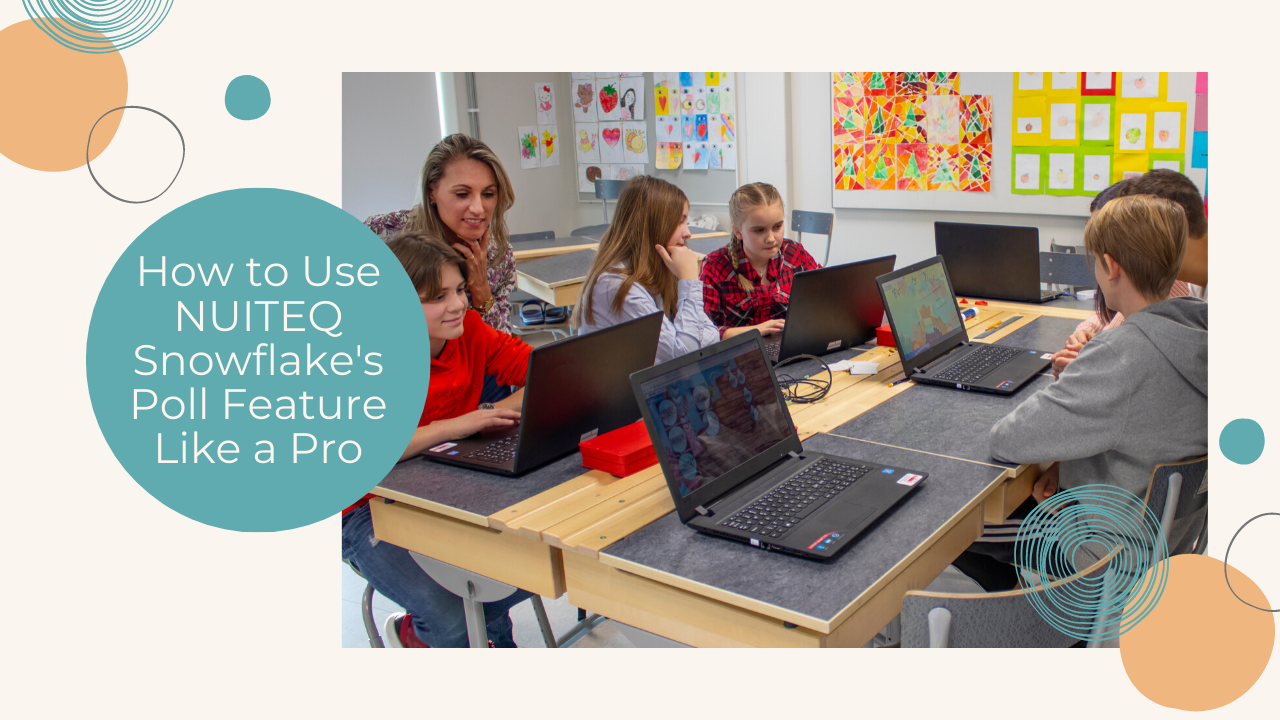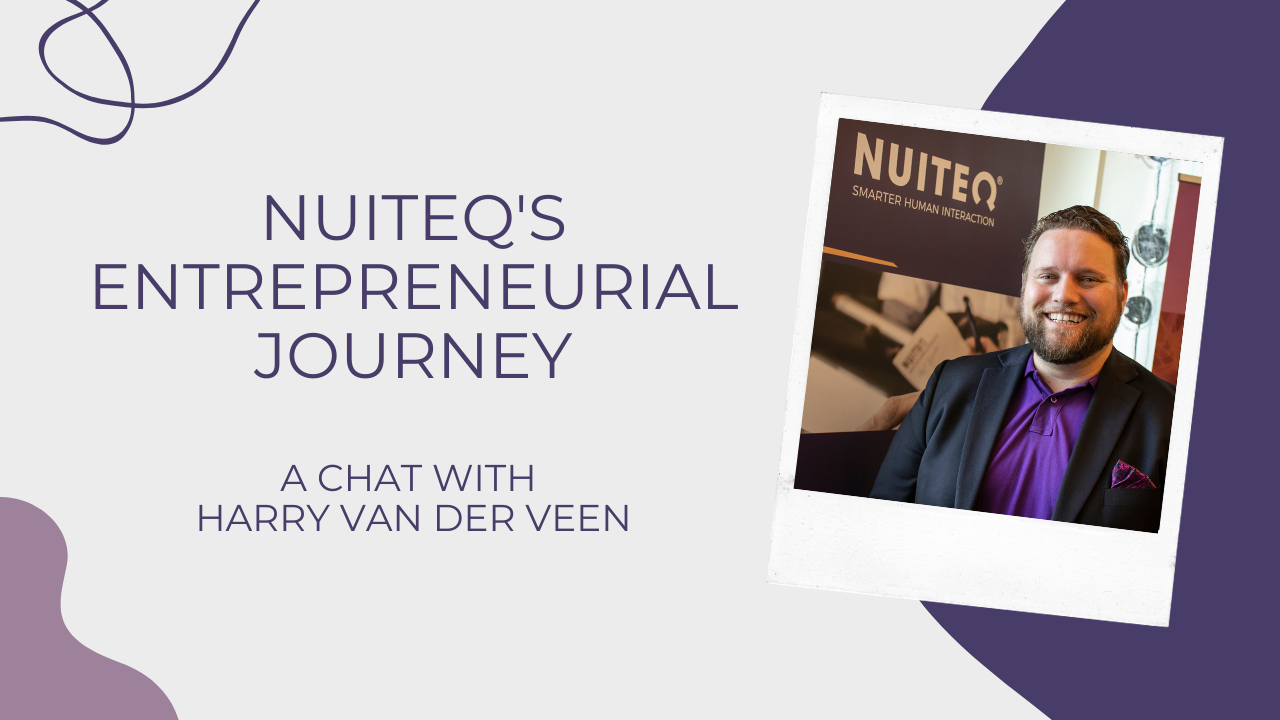NUITEQ Snowflake is an award-winning educational technology software platform that facilitates student engagement as well as collaboration in both classrooms and remote settings. Through the use of Snowflake, educators get access to lesson activities that are standards-aligned and editable. These lesson activities are great for reducing lesson planning time and allowing teachers to personalize their lesson plans to meet the varying learning needs, strengths, and interests of students.
Having access to ready-made activities is one way to offer variety in both teaching and learning; as is implementing Universal Design for Learning (UDL) guidelines. Never heard of UDL and are curious to learn more? We break it down for you to better understand this trending topic.
What are UDL guidelines?
In simple terms, UDL is a framework for improving student learning by providing them with equal opportunities to learn. UDL is used by teachers to help in preparing each lesson with the intention to set each student up for success by considering the science behind how students learn and process information. UDL is a less rigid teaching model and focuses instead on offering flexibility and offering the “why,” “what,” and “how” of learning.
_UDL.jpg?width=600&name=kid_talking_interacting_1%20(1)_UDL.jpg)
The “why” of learning
Taking into account what attracts student attention and how to engage their interest in learning is key. This is something that needs to be decided before teachers create each lesson by considering what will help grab students’ attention. One way to do this is by providing students with choice; by offering them the choice in the means in which they reach their learning objectives.
Using Snowflake lesson activities is one such way to provide learners with the freedom to choose. Since students differ in their response to instruction and there is tremendous variation in the ways in which they can be engaged or motivated to learn, it is important to consider that students are engaged by information and lesson activities that are relevant and valuable to their interests and goals. With Snowflake Cards lesson activities for example, teachers can create personalized and contextualized content which allows for active participation, discovery and experimentation. Lesson activities that foster the use of the imagination and creativity to solve real-world, relevant problems will align with the proposed learning objectives while simultaneously providing students with the opportunity to develop certain skills.
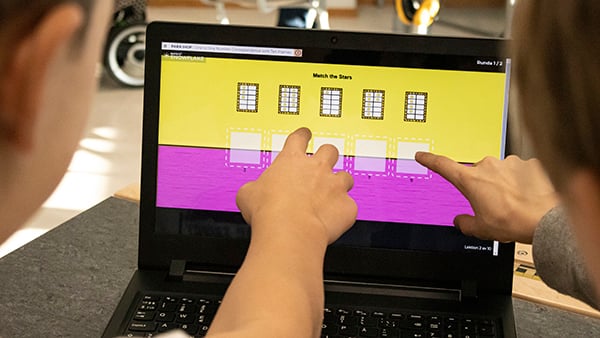
The “what” of learning
UDL encourages teachers to consider accessibility and inclusion. One question that should come to the forefront is: how can information be presented to reach all learners? By posing this question, teachers not only consider curriculum standards and learning objectives, but also acknowledge that no two students are the same. UDL makes learning more accessible and inclusive for all by encouraging teachers to create content that is for everyone.
NUITEQ’s Global Content Department creates lesson activities that are suitable for all levels by displaying information in a flexible format which allows teachers to adjust text size and colors. This means that each lesson can be personalized to create a safe space for learners including the visually impaired or those with dyslexia. Snowflake lesson activities help with sensory issues ensuring that illustrations, simulations, images or interactive graphics make the information more comprehensible for all learners and accessible for students who could potentially find the material inaccessible in text format. By incorporating UDL guidelines, teachers help students to understand the language used; decoding the meaning of certain words and terminology and ensuring understanding across all languages is achieved. UDL guidelines provide the ability for comprehension by providing additional scaffolds to support student engagement with audio and visual learning.
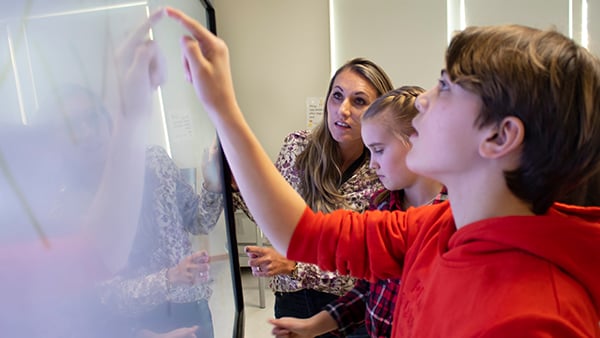
The “how” of learning
Teachers should consider how to provide students with options to showcase their knowledge and learnings. Many Snowflake lesson activities are designed as class discussion starters which is an effective way to involve all participants in whole class settings. Another way to align one’s curriculum with UDL guidelines is to create cooperative learning groups with clear goals, roles, and responsibilities in order to encourage student participation.
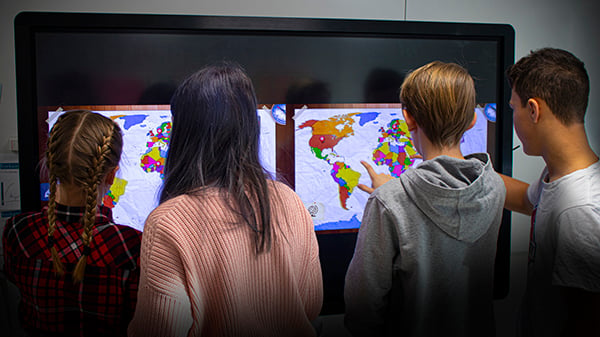
Snowflake lesson activities can be created as a way to scaffold certain skills that provide goal setting while also providing an opportunity for students to “stop and think” in order to build connections and properly retain the information they are being taught. One way to foster this is by using the Snowflake's Poll (student response system) feature to assess student understanding and to check in with students to see how they are engaging with the material they are learning. Poll also allows teachers the ability to monitor progress and give feedback.
Snowflake templates can also be assigned to students as gradable assessments to allow teachers to get the data they need to tailor their lessons to meet the unique needs of each student and offer personalized learning. On top of offering standards-aligned content, teachers can allow students to create their own lesson activities which is a great way for participants to express themselves and practice their communication skills while simultaneously encouraging students to research and exercise their resourcefulness.
Though there is no way to prevent learning barriers from arising - such as when prior knowledge is missing - barriers can be significantly reduced when options are available that supply or facilitate relevant prior knowledge. By implementing UDL guidelines and using Snowflake lesson activities in teaching, teachers can foster self-reflection and encourage students to identify and achieve both personal and academic goals. All learners need to be challenged but not necessarily in the same manner which is why it is important for teachers to take into account how they will engage students, how they will present information and which opportunities will be created for students to show what they are learning.
Looking to use UDL-aligned lesson activities in your next lesson plan? Try NUITEQ Snowflake and gain access to Snowflake lesson activities for FREE on Snowflake.live.


 Sho stick
Sho stick

